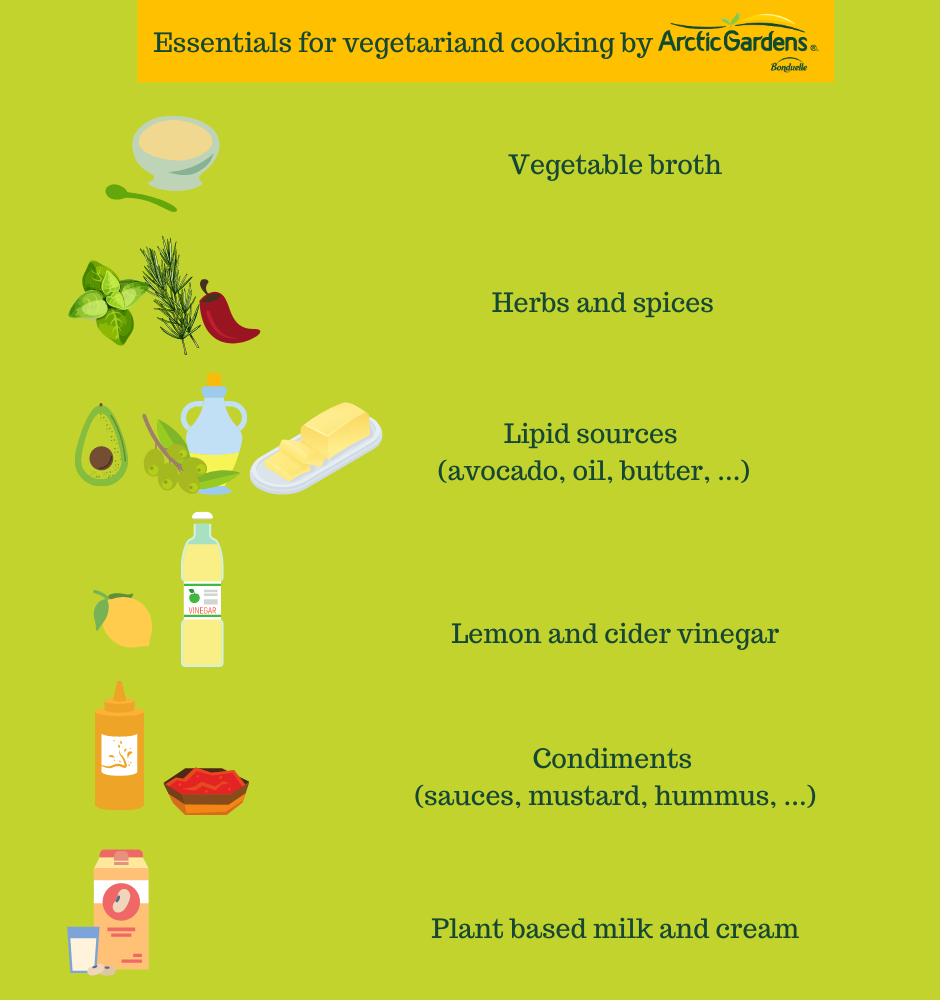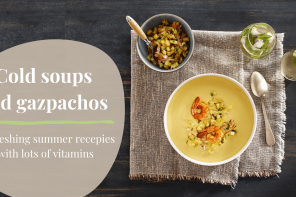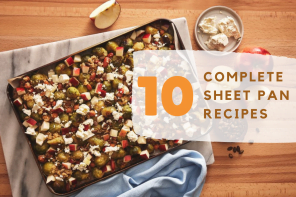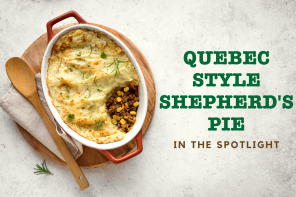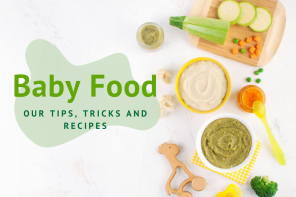Turn classic recipes into vegetarian ones
Back to school, change of habits, birthday celebration or a simple family dinner? It isn’t always easy to respect everyone’s diet at mealtime.
That’s why we’re giving you tips so you can adapt your recipes for vegetarian and vegan guests.
Just because you’re eating fewer animal products doesn’t mean you have to forget about your favourite foods. Discover how to vegetize classic recipes.
Vegetarian/vegan versions of classic recipes
lassic recipes are often comforting and bring back lots of memories.
That’s why we’ve brought you the best reimagined classic recipes so you can enjoy both vegetarian and vegan versions.
- Chocolate raspberry jam cookies (vegan)
Different kinds of diets
There are a lot of diets out there. Whether it’s because of personal belief, health reasons or just because it’s practical, there’s one that’s just right for you.
Here’s a quick overview of diets:
- The omnivorous diet
It’s a diet that you learn “naturally”, meaning a diet based on animal products, as well as plant products. It’s often referred to as the “opportunistic” diet.
- Vegetarian and pescatarian diets
- Eating vegetarian excludes meat and fish, but allows for eggs, butter and milk.
- Pescatarians are vegetarians who eat fish or seafood.
- The vegan diet
All animal products are excluded in the vegan diet. So the diet is based on a combination of grains, legumes, fruits and vegetables.
But where do meatless diets get their protein from?
Meatless diets—vegetarian, pescatarian and vegan—aren’t nutrient deficient if followed properly.
According to popular belief, some meatless diets are deficient in protein, vitamins and minerals. But like with any diet, if they’re well-managed, all nutritional needs will be met.
Legumes: a source of protein
It’s well-known that legumes are the perfect substitute for animal protein. But they have many other advantages.
Here are the most common protein-rich legumes:
- red beans for veggie meatballs
- chickpeas to make falafels
- lentils to add plant protein to your spaghetti sauce
Grains: the perfect partner in any diet
In general, whole grains offer many benefits like improving the feeling of satiety, but also being rich in protein and other vitamins.
Grains you should try include:
- brown rice to add to all your classics like Buddha bowls
- oats for a complete breakfast or healthy, gourmet muffins
- buckwheat, a gluten-free grain
Nuts and seeds: essential in meatless cooking
As well as supplying iron, zinc and omega-3, seeds and nuts are also a significant source of protein.
Here are a few examples to add to your dishes or to enjoy as a healthy snack:
- walnuts
- peanuts
- cashews
- squash, hemp, chia or pumpkin seeds
Fruits and vegetables
A source of fibre, water, vitamins and minerals, some fruits and vegetables are also rich in protein, like these:
- sun-dried tomatoes
- broccoli
- peas as a source of protein in your spreads
- raisins
- apricots or even
- avocados to add sweetness to a Mexican salad
The essentials for vegetarian and vegan cooking
In addition to having veggies – canned, fresh or frozen – legumes and grains, we recommend always keeping this list of vegetarian and vegan cooking essentials in stock:
Replacing animal products with plant products
If you’re used to using animal products, you might find it tricky to substitute plant products at first. But you don’t have to spend a lot to vegetize classic recipes.
Unprocessed products
Processed products
Vegetize classic recipes? Now it’s possible. Your imagination and inspiration are limitless. You can also make your own vegan or vegan sushi at home. And you can indulge family and friends without compromising their eating habits. Tell us what your favourite classic veggie recipe is!


